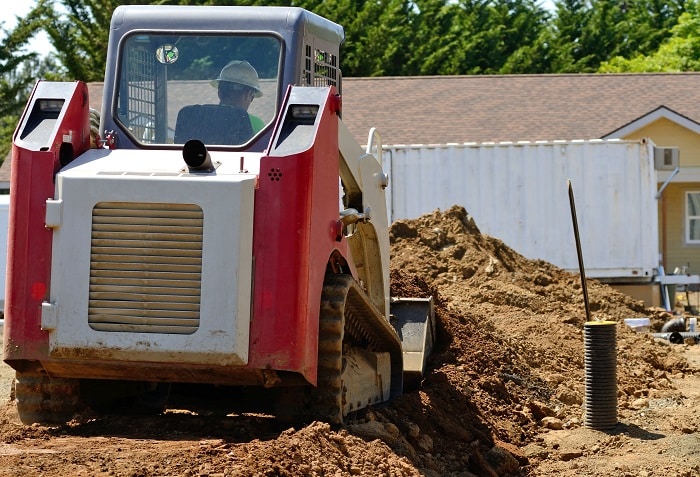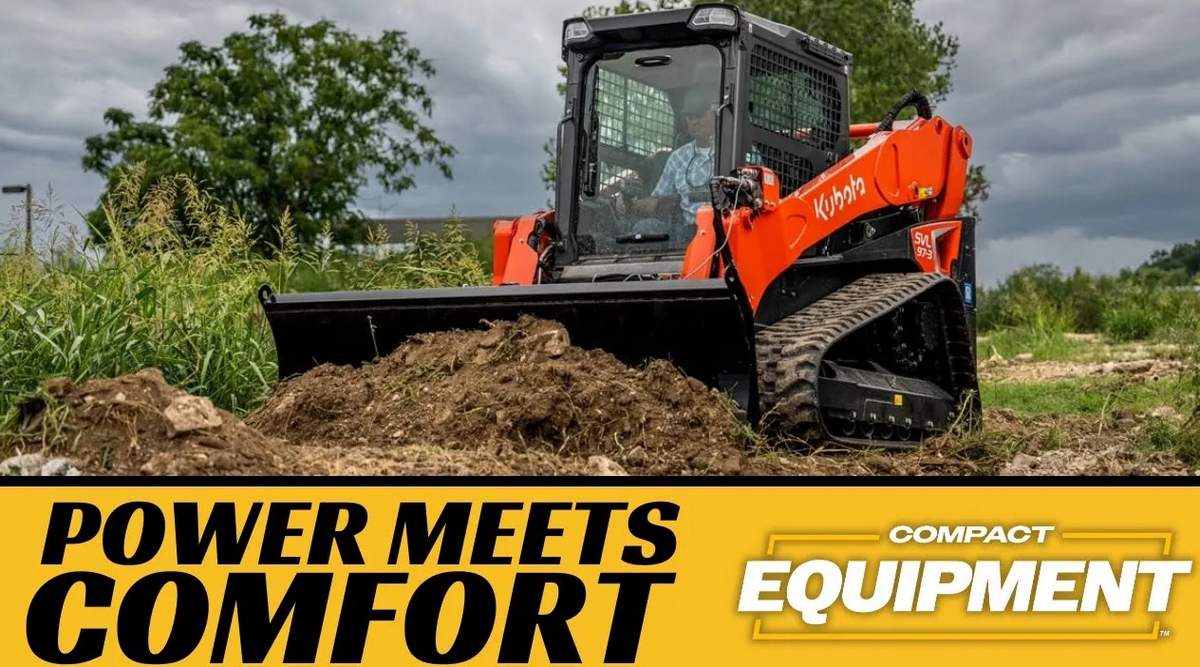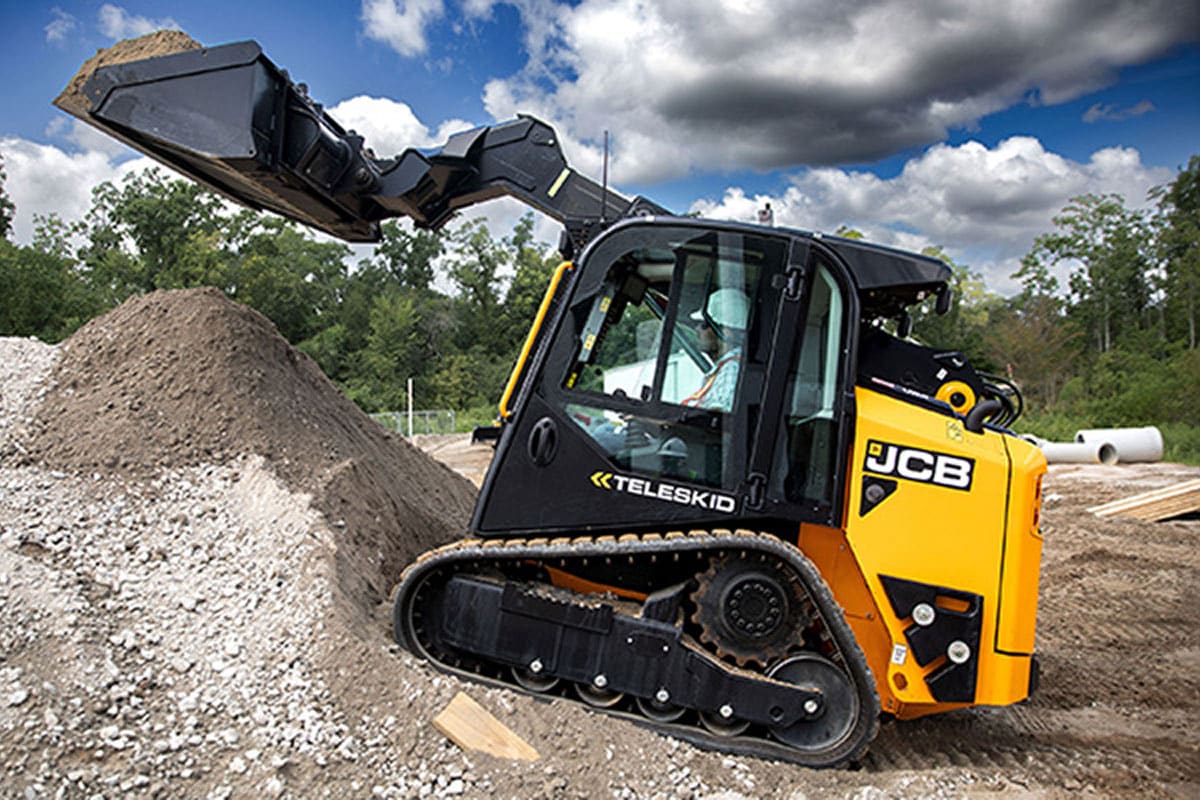Track TLC: Learn How to Reduce Track Wear on Your Compact Track Loader
The tracks and the undercarriage on a compact track loader are what help make it such a valuable piece of equipment. Operators can navigate slippery inclines and delicate work surfaces with ease thanks to the traction, flotation and power only a compact track loader can provide. With that, it’s important to take care of those components to keep the machine running.
Typically, operators can expect a lifespan of anywhere from 1,000 to 2,000 hours for a set of tracks, and those numbers vary based on how well the track loader is operated and maintained. To avoid the costs and downtime of replacing tracks, it’s best to operate wisely and stay diligent about upkeep.
“The primary benefits of track systems are to provide extra traction, flotation and operator comfort,” says Andy Gaffney, product manager, construction tracks at Camso. “All of this is done while minimizing surface disturbance when compared to other mobility solutions. Product life [of the tracks] is relative. It’s relative to application, operator behavior, maintenance regimen and many other varying factors.”
Having a well-trained operator in the cab is one of the best ways to prolong the life of a set of tracks. He or she will know what terrain and obstacles to avoid and how to properly maneuver the track loader. Operators should be aware of their surroundings and avoid operating the track loader on craggy or serrated surface areas with excessive tree stumps or sharp objects that can damage tracks.
David Byrd, vice president of marketing at Dominion, cautions, “Use smooth and slow inputs when operating equipment and keep tracks off of any debris on the ground that may cause damage.”
Maintenance Matters

Aside from good operating techniques, maintenance is key in reducing track wear and prolonging the life of the tracks. The first step to maintenance is performing a daily inspection of the tracks and the machine’s undercarriage. Operators should visually inspect the tracks for any tears or uneven wear. It’s also important to inspect for any deep cuts that expose the core of the track. Whether it’s a high-strength fiber-reinforced or steel cord-reinforced track, exposing the core can cause premature failure. Cleaning the machine’s undercarriage after a hard day’s work is essential to ensure a long and productive life.
“At the end of every day the machine should have any debris removed from the tracks and undercarriage system,” says Byrd. “Visually inspect the tracks for damage and once debris is cleared, ensure the entire undercarriage system is operating at 100 percent. A stuck roller can cause uneven and premature track wear. A worn-down sprocket can cause track slippage, improper track alignment and damage to the tracks themselves. A leaking idler can cause the tracks to lose tension.”
Gaffney adds, “Remove dried or frozen material before driving the machine. Material buildup can cause track misalignment, de-tracking, sprocket wear and over-tensioning. Materials that are sticky or abrasive like clay, mud or gravel should be removed before they can harden and dry. Pay particular attention to the drive motors and sprockets and front idlers where debris is more likely to accumulate. Operating in corrosive material like fuel, oil, salt and fertilizers can corrode the rubber track’s metal cores. Flush tracks and undercarriages with clean water.”
Maintaining proper track tension is one of the most important ways to ensure longer track life. Operators should verify and maintain track tension as directed by their machine’s manufacturer.
Camso offers some general rules for correct track tensioning:
- Drive the machine forward to ensure the tracks are evenly tensioned across the entire undercarriage.
- Level and lower the bucket to the ground.
- Raise the front of the machine off the ground approximately 8 in. utilizing bucket down pressure.
- Measure track sag by measuring the distance from the inside edge of the track to the bottom edge of the middle mid-roller.
“It’s one of the simplest ways to ensure full life out of your track,” says Gaffney. “Over or under tensioning a track will cause terminal damage leading to costly downtime and track replacement. Loose tracks run the risk of de-tracking while too tight of a tension magnifies the load and increases wear on the entire undercarriage system.”




